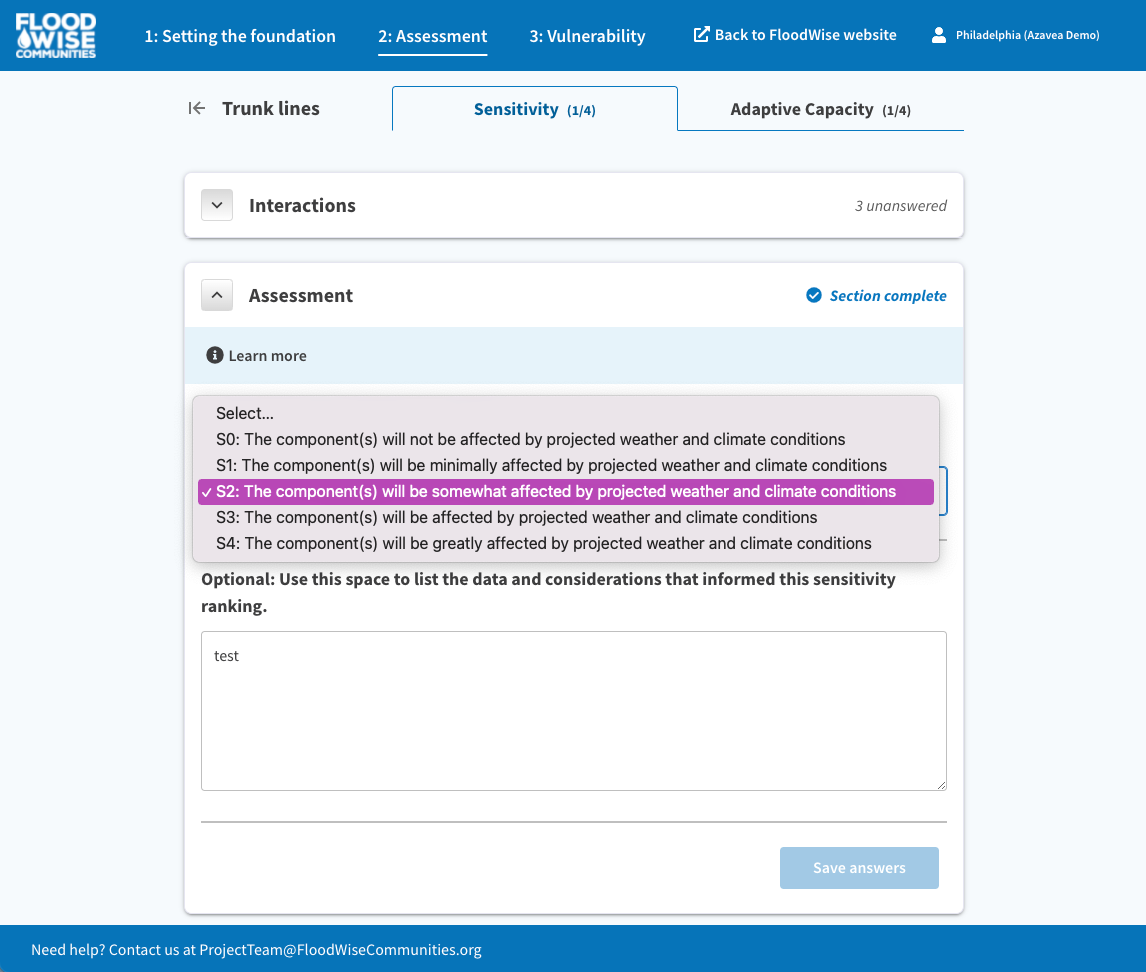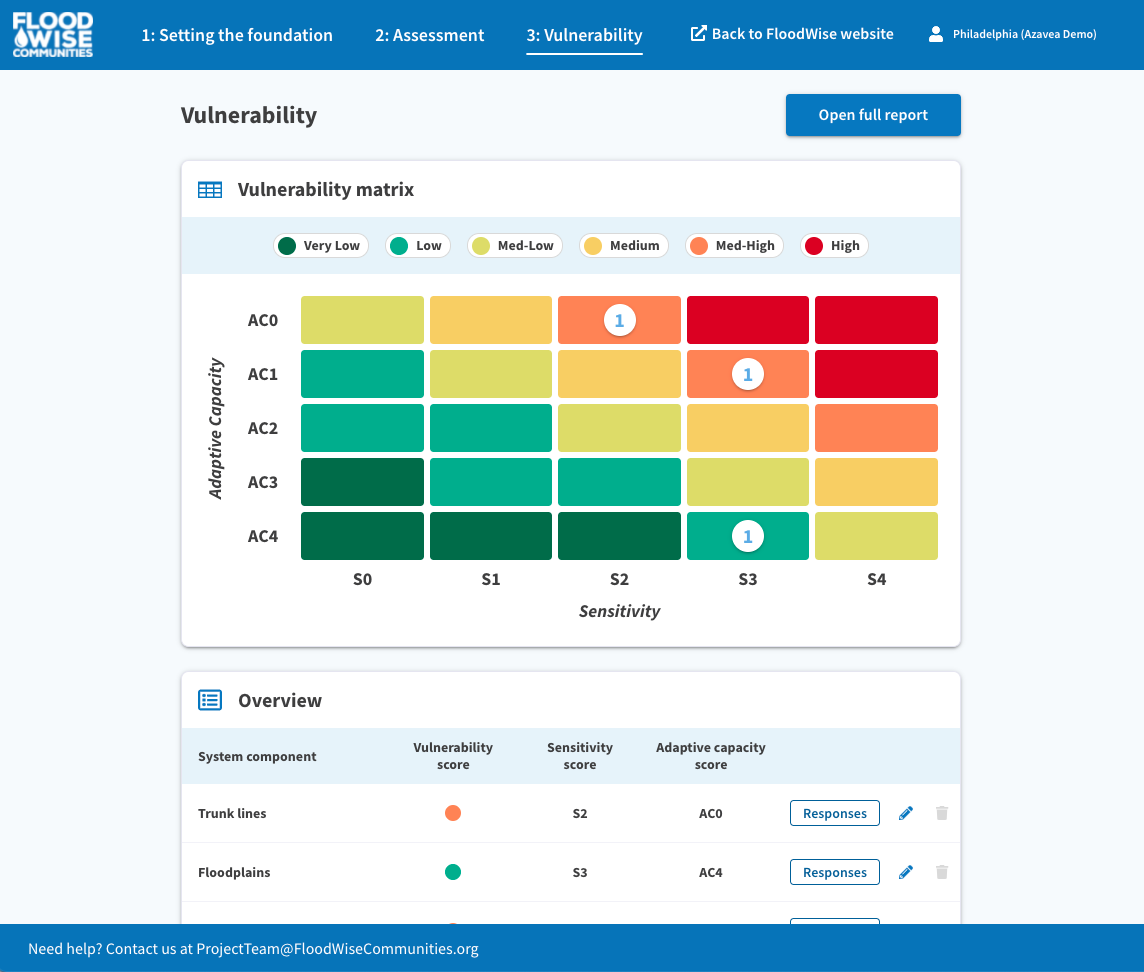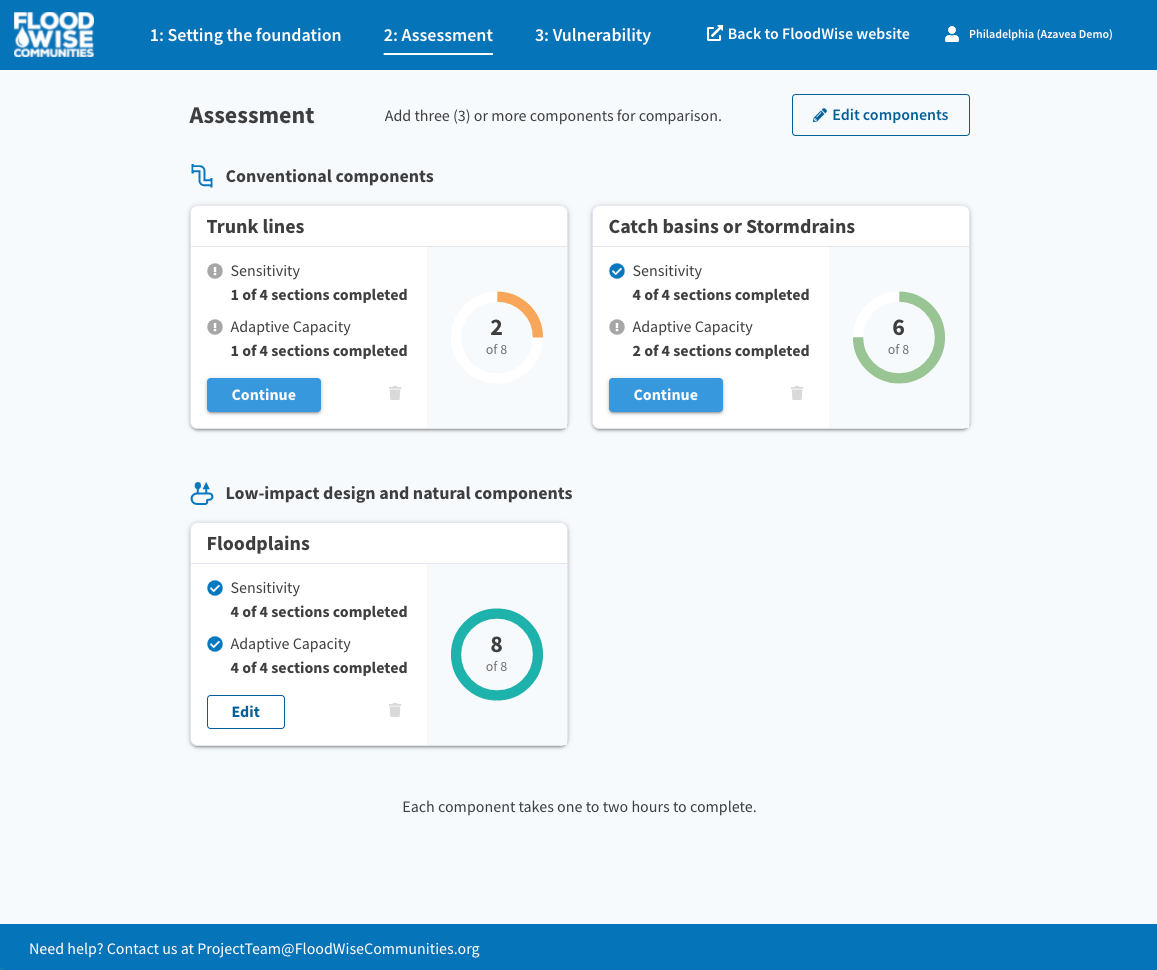Communities Along the Gulf Coast Need a Climate Resilience Plan
As the climate changes, it is essential that systems adapt to the challenges this will bring. In the US, the Gulf Coast’s stormwater management is a particular concern as an increased number of high-impact storms are testing the capacity of stormwater management systems. Identifying communities that have particularly vulnerable systems and prescribing the best mitigation methods is critical for building resilience in this region. In order to do this effectively, however, many parties that include elected officials, planners, and engineers must be involved.

To bring these different decision-makers together to identify vulnerable stormwater systems and take corrective action, Headwaters Economics, the Great Lakes Integrated Sciences and Assessments (GLISA), and the Southern Climate Impacts Planning Program have created a stormwater vulnerability assessment tool. The tool allows relevant parties to define which components of the stormwater systems are vulnerable, assess the amount of assistance communities need, and prescribe the best methods for assistance.
Why Headwaters Economics Approached Azavea
Headwaters Economics is an independent, nonprofit working to improve community development and land management decisions. They specialize in helping vulnerable communities use data to make complex decisions. When they embarked on this project, communities were storing all stormwater data in Excel workbooks. It became clear to Headwater Economics that this was not an effective tool for the communities to decipher the information. It also did not visualize the information, thus making it more difficult for elected officials, planners, and engineers to collaborate. Given Headwaters Economics’ past experience working with Azavea’s User Experience (UX) team, they approached us to help build a more user-friendly web-based stormwater vulnerability assessment tool.
Visualizing Data with a Web-based Application
Our UX and software engineering teams leveraged our experience creating advanced GIS tools for climate resilience, including conservation prioritization tools, greenspace plans, and a suite of stormwater modeling web applications to guide us in building this tool for Headwaters Economics.
We created a user-friendly web-based tool that provides a clear visualization ranking the sensitivity and adaptive capacity to climate change of the components of stormwater systems such as trunk lines, floodplains, and other water storage assets.
The tool guides users through an exercise in which they rank the components of their stormwater system in terms of sensitivity and adaptive capacity. Here, the user is ranking the component in terms of sensitivity, on a scale of S0-S4, S4 being the most sensitive and substantially affected by projected weather and climate conditions.


The tool then provides a summary report including visualization of how those stormwater system components rank relative to each other. The components fall on a vulnerability matrix in accordance with where the user ranked them in terms of adaptive capacity (AC0-AC4) and sensitivity (S0-S4). For example, here, floodplains have a low vulnerability score with adaptive capacity ranked at 4 and sensitivity at 3. If a component was ranked high in terms of sensitivity, but low in terms of adaptive capacity that would result in a high vulnerability score. Then, in this report, the user can see where all system components rank in terms of vulnerability and prioritize them accordingly.
Now, this information is easily gathered and consolidated. This visualization is easy for elected officials, planners, and engineers involved in the process of stormwater management to understand. Now, these parties can easily collaborate on a plan to both prioritize and then make the necessary changes to increase resilience in their respective communities.
Making 60 Gulf Coast Communities Safer
The tool we created will be shared with 60 communities along the Gulf Coast. These insights will first be shared with elected officials, city managers, and department heads as they figure out what must be prioritized. Using this tool, it will be easy for them to present the information to planners and engineers who can implement the concrete changes to stormwater systems. It can also be used in grant proposals so these communities can apply for the aid they need. As a result of this tool, we are hoping to shortly see initiatives put in place to mitigate the risk these communities face. It is urgent that planners and engineers begin to work on stormwater management systems to protect these communities from further damage. We strongly believe that climate resilience plans will be obligatory in the coming years as the impacts of climate change become more substantial. We have already observed the dangers of not preparing for the impacts of climate change, and hope to play our part in the process of building climate resilience. We will continue to help the most vulnerable communities, such as those along the Gulf Coast, in our work.
